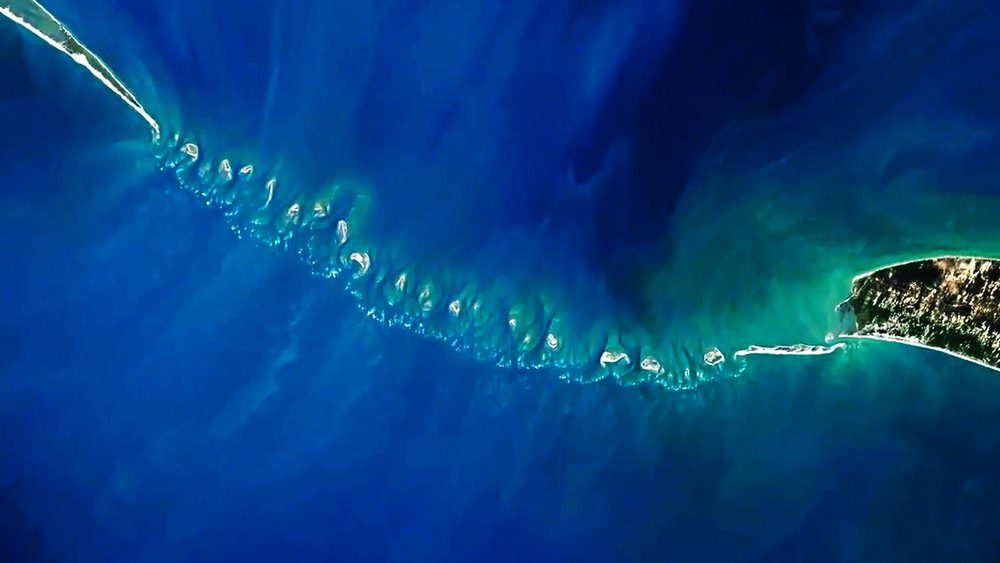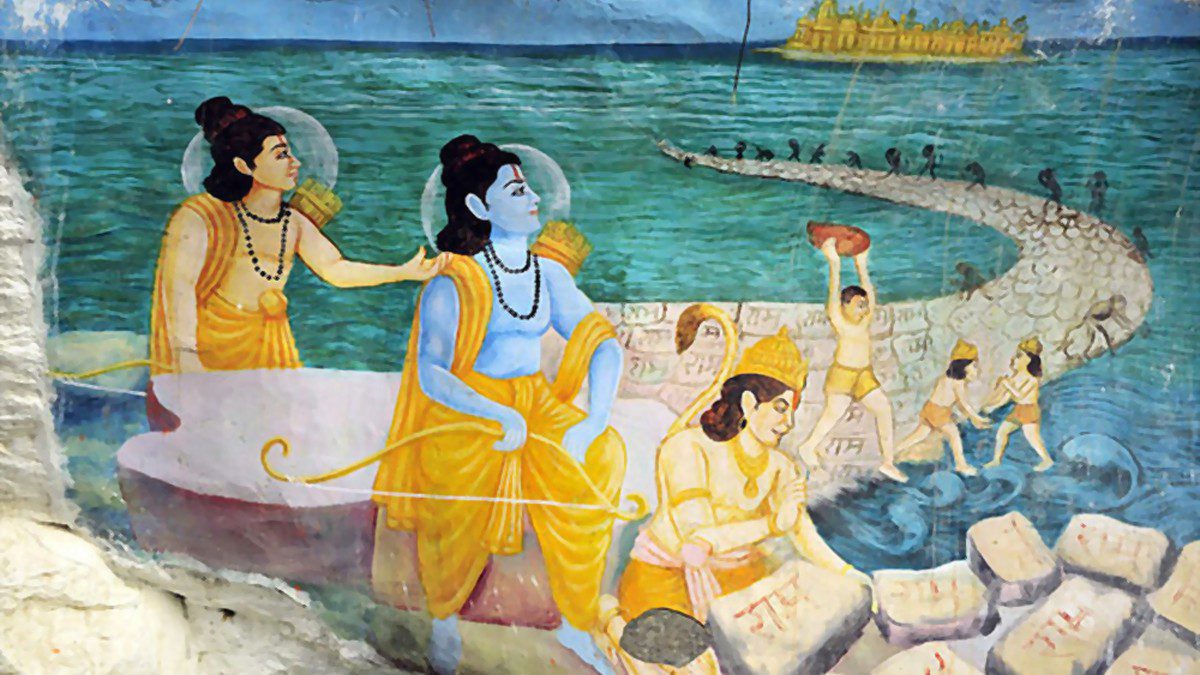The Archaeological Survey of India (ASI) has cleared a research proposal involving the Ram Setu. The project involves an underwater exploration that will attempt to find out its origin and when it was formed.
The Archaeological Survey of India (ASI) has cleared a research proposal involving the Ram Setu. According to a Times of India report, the project involves an underwater exploration that will determine the age of the Setu (bridge) and how it was formed. The research is expected to begin this year itself.
The project was approved by the Central Advisory Board on Archaeology, a body under the ASI. The project was mooted by the CSIR-National Institute of Oceanography, Goa.
The Ram Setu is a chain of shoals between Pamban Island (also known as Rameswaram Island) in Tamil Nadu of India and Mannar Island in Sri Lanka. According to past geological evidence, the structure is a former land connection between India and Sri Lanka.
According to Professor Sunil Kumar Singh, director of NIO, the study will be based on archaeological antiquities, radiometric and thermoluminescence dating to geological timescale and other supporting environmental data, the TOI report said.
The radiometric technique will be used to determine the age of the 48-km-long bridge. The project assumes both religious and political significance. According to Ramayana, a ‘Vanar Sena’ had originally built the bridge over the ocean to help lord Ram cross over to Sri Lanka to rescue his wife Sita.
The NIO will use its research vessels, Sindhu Sadhana or Sindhu Sankalp to collect samples of sediment core 35-40 below the water level.
Why research into Ram Setu origin is significant

There is a widespread belief in India that Mahabharata and Ramayana are not mythology but true accounts of their history. Ram Setu is one of the main arguments that they believe support their argument. However, current scientific and archeological research doesn’t support their belief. Ramayan and Mahabharat are believed to be post-iron-age narratives during the late Vedic era.
If through research it is established that Ram Setu is man-made, it will open a new era of exploration into ancient Indian history. It will also help reduce the criticism that not enough scientific research has been done on ancient Indian history.
The bridge has been at the center of controversy, especially since the Sethusamudram shipping canal project was mooted by the UPA government. The project triggered widespread protests, with a section of people holding that it would destroy the Ram Setu.
What is known about Ram Setu today?
There are several views on the history and legacy of the Ram Setu. One theory says that there was a legitimate land connection between India and Sri Lanka during the Ice Age.
While the other theory says that Sri Lanka was part of the mainland Indian sub-continent, and broke away about 1,25,000 years ago.
There was a push and renewed interest for those who believed the Ram Setu was part of the historical Ramayana when Science Channel — an American pay television channel that is owned by Discovery, Inc launched a documentary that supported the theory that the bridge is man-made.
The promo for the documentary features Dr. Alan Lester, a renowned Geologist, who says that “there are Hindu legends that Lord Rama placed a bridge here connecting India to Sri Lanka”.
The project that will attempt to find the answer, holds religious and political importance beyond the poll-bound state where it will be based. As per the Hindu epic ‘Ramayana’ said a “Vanar Sena” had built a bridge over the ocean to help Rama cross over to Lanka and rescue Sita. The 48-km chain of limestone shoals has been associated with the ‘Ramayana’ as that bridge by those who say Rama was a historical figure and not a mythological one. That hinges on one claim — that it is human-made. In 2007, the ASI said it had found no evidence of this. Later,” it withdrew this affidavit in the Supreme Court.



